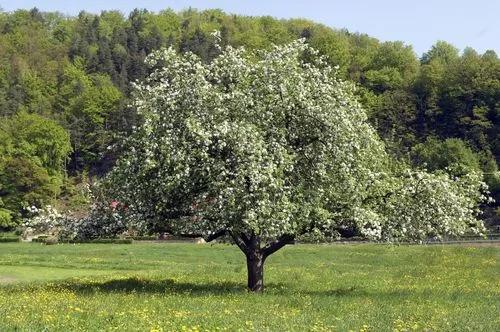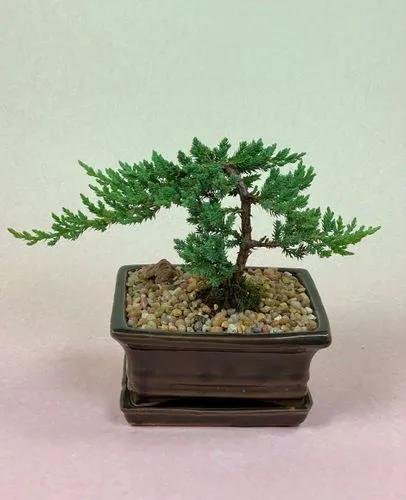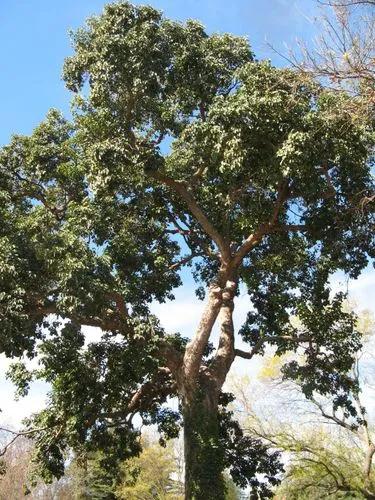Trees to 75 m tall and 155 cm dbh; "crown conic, in age round topped or straggly. Bark gray, thin to thick, with age becoming brown, often with reddish periderm visible in furrows bounded by hard flat ridges. Branches spreading, drooping; twigs mostly opposite, light brown, pubescent. Buds exposed, purple, green, or brown, globose, small to moderately large, resinous, apex round; basal scales short, broad, equilaterally triangular, slightly pubescent or glabrous, resinous, margins entire, apex pointed or slightly rounded. Leaves (1)2-6 cm × 1.5-2.5 mm, 2-ranked, flexible, with leaves at center of branch segment longer than those near ends, or with distinct long and short leaves intermixed, proximal portion ± straight, leaves higher in tree spiraled and 1-ranked; cross section flat, grooved adaxially; odor pungent, faintly turpentinelike; abaxial surface with 5-7 stomatal rows on each side of midrib; adaxial surface light to dark lustrous green, lacking stomates or with a few stomates toward leaf apex; apex distinctly notched (rarely rounded); resin canals small, near margins and abaxial epidermal layer. Pollen cones at pollination bluish red, purple, orange, yellow, or ± green. Seed cones cylindric, (5)6-7(12) × 3-3.5 cm, light green, dark blue, deep purple, or gray, sessile, apex rounded; scales ca. 2-2.5 × 2-2.5 cm, densely pubescent; bracts included. Seeds 6-8 × 3-4 mm, body tan; wing about 1.5 times as long as body, tan with rosy tinge; cotyledons (4)5-6(7). 2n=24" (Hunt 1993)
Grand Fir Care
Abies Grandis



This species displays some interesting morphological variation. Some authorities discriminate populations east and west of the Cascade crest as Abies grandis var. grandis and Abies grandis var. idahoensis Silba 1990 (syn.: Abies grandis subsp. idahoensis Silba 2008). The distinction between the two varieties, although not generally remarked in the American literature, has been known for a long time in Britain from provenance trials (Lines 1979), which showed that trees from coastal origins grow about twice as fast as those from interior origins, the latter being similar to A. concolor in growth rate. There are also some foliage and cone differences; var. grandis has very flat shade foliage, whereas var. idahoensis has more assurgent shade foliage (similar to that of A. concolor var. lowiana). Also, var. grandis has slightly more slender cones with thinner, less woody scales (M. Frankis e-mail 2009.07.12). The varieties do not show any significant differences in leaf essential oil composition, a finding borne out by three independent studies (Adams et al. 2015). Most modern authorities, however, find the putative differences small enough, with characters sufficiently overlapping, that the varieties are reduced to synonymy with the type. Near its southern range limits (see range map below), A. grandis introgresses A. concolor var. lowiana; populations of such trees (A.concolor × A. grandis) are sometimes called "Abies grandicolor," though that name has not been formally described. See further notes on this phenomenon below.
How to Care for the Plant

Popularity

209 people already have this plant 13 people have added this plant to their wishlists
Discover more plants with the list below
Popular articles






